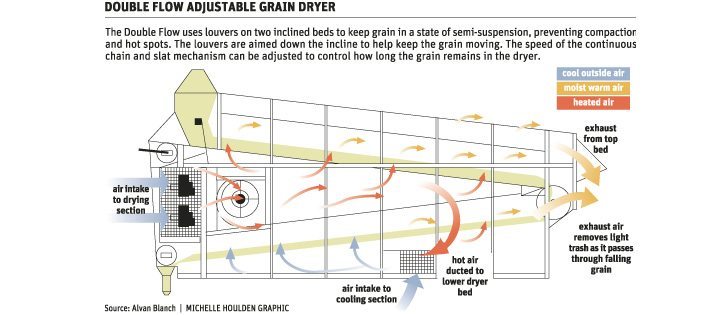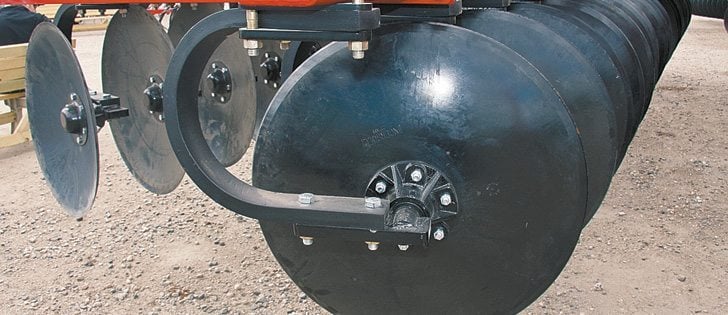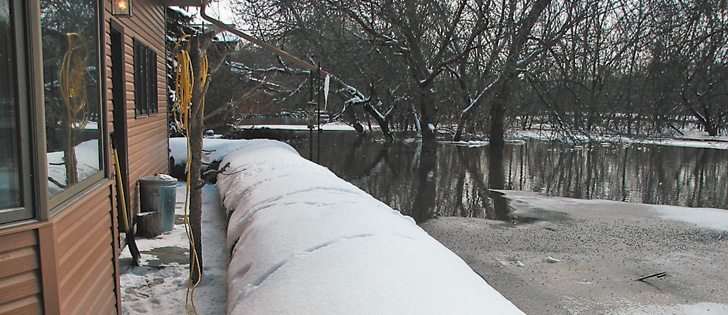Field moisture in abundance produces two things: crops with lots of foliage and diseases that thrive within the protective blanket the plants provide.
After several seasons of above average rainfall, the Prairies has more than enough plant disease inoculum to go around.
Cereal growers rarely treat for leaf disease because of low grain prices and marginal crop margins on wheat, barley and oats that persisted through the 1990s.
Cereals were becoming a low cost rotation where producers could mitigate some cost of production risk.
Read Also

New wheat varieties offer Prairie farmers jump in yield
Three experimental wheat varieties developed by Agriculture Canada are showing yield increases of eight to 15 per cent over AAC Brandon wheat in registration trials.
Times have changed since 2008. Markets have shifted and despite higher fertilizer prices, farmers are seeing the benefits of taking care of the big flag leaves.
“When you reduce the green leaf area of the upper canopy, you cut into the amount of photosynthate that is available for grain filling and plant development,” said Brian Beres of Agriculture Canada in Lethbridge.
Research from the late 1980s to 2004 shows the top two leaves in wheat and the top three in barley are critical to yield.
More producers can see the value of treating their crops, even for small levels of fungal presence to protect their yields.
The tight rotations of canola, cereal, canola, cereal aren’t far enough apart to allow nature to use its pathogens and other environmental factors to build up inoculum.
Beres said producers must take a rotational and strategic approach to their fungicide applications, the way they do with weed management.
“I wouldn’t recommend prophylactic use of fungicides. Do you have an issue after scouting the field?”
Kelly Turkington of the Lacombe Research Centre has also looked at the effect of leaf disease on cereals in Western Canada.
Stripe rust and leaf spot diseases, such as tan spot and septoria in wheat and scald and net blotch in barley, have expanded outside their traditional realm of influence in Manitoba, Minnesota, the Dakotas and eastern Saskatchewan.
Alberta Agriculture work last year showed that producers who applied fungicides on cereals in the flag leaf stage in cases where disease was present, realized good returns.
Turkington said the most effective applications are made after optimal weed control is applied.
“There is a temptation to tank mix the fungicide (with the herbicide). It saves a pass. But it doesn’t provide the protection for the upper canopy,” he said.
Faye Dokken Bouchard of Saskatchewan Agriculture said trying to apply herbicide and fungicide at the same time causes either the weed or the disease control to be less effective.
“Timing for both is what gets the best results. Will your gain be greater than the cost of the second application?” said the agrologist.
Manitoba Agriculture’s Holly Derksen said diseases such as stripe rust are moving further north.
“We’ve already had a call from a Dauphin area producer concerned the rust (on his winter wheat) might be stripe rust. We monitor the U.S. rust reporting and it is two weeks ahead of usual. But many (Manitoba) crops are too. We will wait and see, but whether it is home grown or it comes in on the wind, the trend is to scout and treat as you find it,” said Derksen.
Dokken Bouchard said the winter of 2011 lacked a “nice, safe blanket over the fields. We haven’t confirmed (stripe rust) in Saskatchewan yet, so we’ll see what the environment did to it over the winter.
“We’ll have to see what comes in on the wind (from the U.S.),” she said.
When it comes to fungal pests in cereals, few strike as much fear as stripe rust.
“It’s been a serious pest around the world. And we have had outbreaks. Last year was especially serious in winter wheat,” said Turkington.
Most winter wheat varieties are considered susceptible to stripe rust with the exceptions of Moats, Peregrine, Sunrise and McClintock.
AC Radiant was thought to be resistant, but the summer of 2011 showed that stripe rust can overcome the Yr10 gene that has protected Radiant in the past.
Several spring wheat varieties are considered resistant.
Seed treatments reduce the infections when combined with foliar applications of fungicides. Green bridges between cereal weeds and previous cereal crops are critical to avoiding overwintering of stripe rust, says Beres.
“Foxtail barley is a real problem. Its control is critical to keeping leaf diseases like stripe rust under control,” he said.
Applications of fungicides at the first sign of stripe rust are effective, but producers need to scout their crops, he said.
A new race of stripe rust hit Alberta winter cereal producers hard last year.
At the same time, researchers were punching back. Beres and his colleagues made later fall, foliar applications on winter wheat in 2010.
“We were pretty skeptical,” he said of trials at Lethbridge and Saskatchewan locations at Scott and Melfort.
“We got significantly higher yields on the fall treatments,” he said.
He said combined with seed treatment of Bayer’s Raxil and an application of Proline, the yield in 2011 more than covered the cost of treatment.
“As it should. There was good value in it, but it’s too late for this season,” he said.














